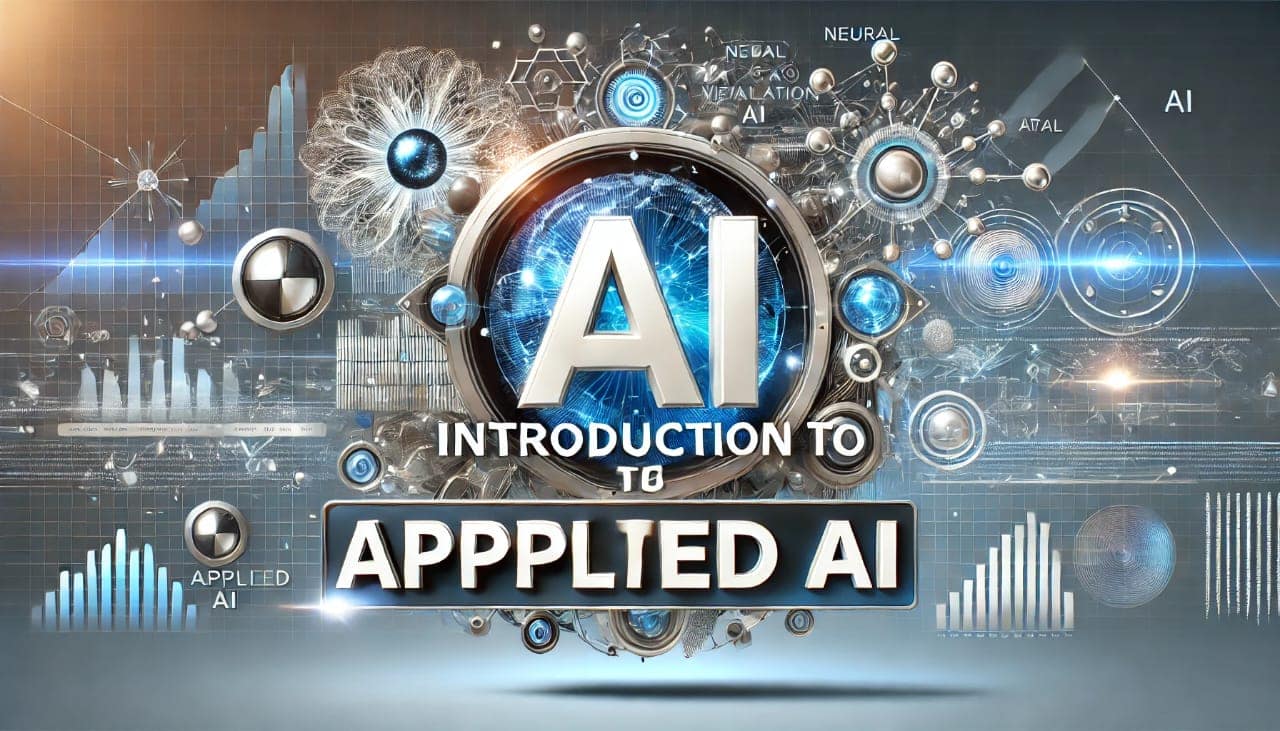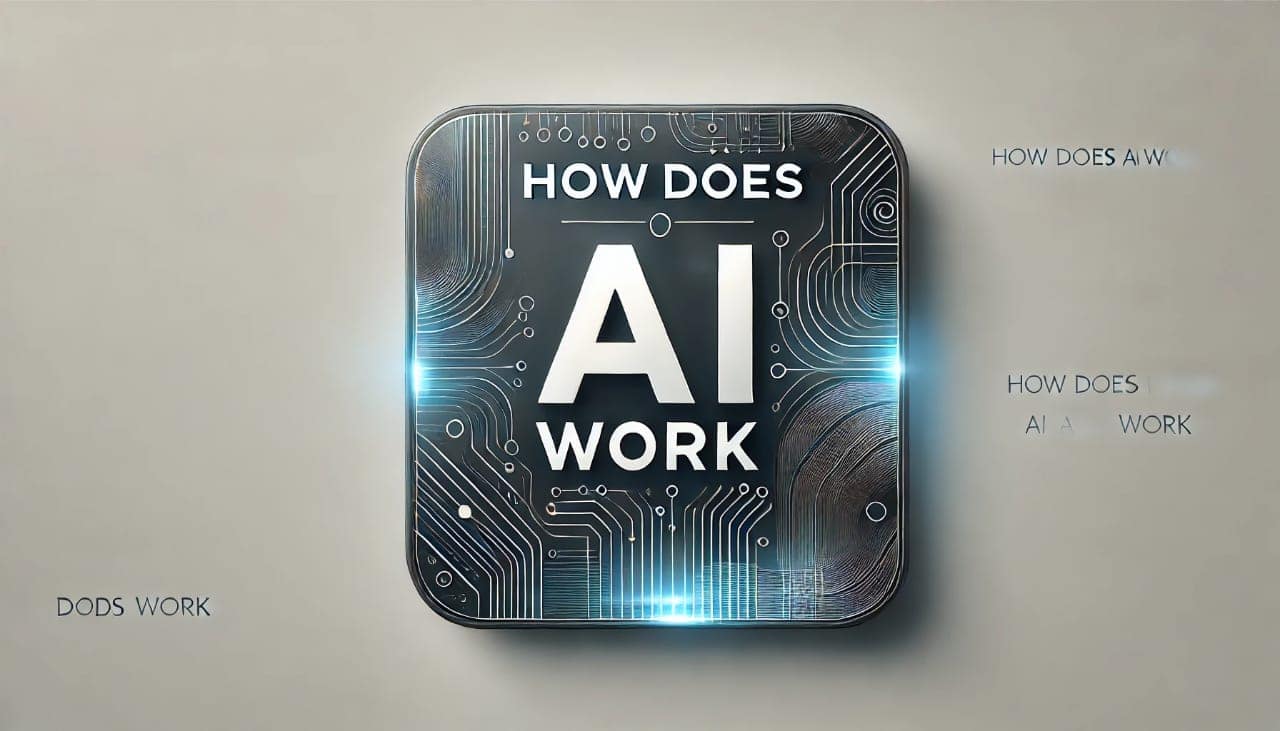
AI with Python Tutorial
AI with Python Tutorial
Welcome to this in-depth AI with Python tutorial, where you’ll explore both fundamental and advanced concepts of artificial intelligence (AI) using the powerful and versatile Python programming language. This guide is designed for everyone—from complete beginners to experienced professionals—offering a step-by-step approach to help you master AI techniques with Python.

Why Use Python for AI?
Python is an ideal language for AI due to its clear syntax, readable code structure, and rich ecosystem of libraries and frameworks tailored for AI and machine learning. Some standout reasons include:
- Ease of Use and Flexibility: Python’s simple syntax allows you to focus on building AI models without getting lost in complex code structures.
- Extensive Library Support: Python boasts a strong array of libraries such as
TensorFlow,PyTorch, andscikit-learn, making it easy to implement sophisticated algorithms. - Thriving Community: Python has a large, supportive community of AI enthusiasts, researchers, and developers sharing resources, insights, and solutions, making it easier to find help when needed.
Prerequisites
To get started, a strong foundation in Python programming is essential. Familiarity with basic data types, loops, functions, and libraries will make it easier to grasp AI concepts. If you’re new to Python, start by reviewing a basic Python tutorial to build a solid programming foundation before tackling AI-specific challenges.
Download New Real Time Projects :-Click here
Key Topics
This tutorial will guide you through core concepts in AI, including its branches like machine learning, deep learning, natural language processing (NLP), computer vision, and generative AI. Here’s a quick overview:
- Machine Learning: Algorithms that let systems make predictions and learn from data.
- Deep Learning: Advanced models inspired by the human brain, capable of analyzing complex data.
- Natural Language Processing (NLP): Research on teaching computers to comprehend and produce human language.
- Computer vision: Is the process of teaching machines to decipher and decide on visual information.
- Generative AI: Models with the ability to produce original text, audio, or image content.
Artificial Intelligence Concepts with Python
1. Machine Learning (ML)
Creating techniques that enable computers to learn from data without explicit programming is the focus of machine learning, a branch of artificial intelligence. Python’s libraries like scikit-learn make it straightforward to implement various ML techniques, which include:
- Supervised Learning: Algorithms trained on labeled data (e.g., classification and regression).
- Unsupervised Learning: Algorithms find patterns in unlabeled data (e.g., clustering).
- Reinforcement Learning: Algorithms learn by interacting with an environment, optimizing for rewards (e.g., autonomous driving).
Common Python libraries and models for machine learning include:
- Regression Algorithms: Linear Regression, Polynomial Regression
- Classification Algorithms: Support Vector Machines (SVM), Decision Trees, and Logistic Regression
- Clustering Algorithms: K-means, Hierarchical Clustering
- Dimensionality Reduction: Principal Component Analysis (PCA)
2. Deep Learning (DL)
Deep learning, a branch of ML, mimics the structure of the human brain using artificial neural networks to recognize patterns in data. It’s ideal for complex data types like images and audio. Python’s TensorFlow and PyTorch libraries offer versatile tools for building deep learning models. Key concepts in deep learning include:
- Gradient Descent & Backpropagation: Methods for optimizing model performance.
- Architectures: Feedforward Neural Networks, Convolutional Neural Networks (CNNs) for images, and Recurrent Neural Networks (RNNs) for sequences.
Deep learning is highly effective in fields requiring nuanced data analysis, such as medical imaging and voice recognition.
3. Natural Language Processing (NLP)
Enabling machines to comprehend, interpret, and produce human language is the main goal of natural language processing (NLP). Python libraries like NLTK and spaCy are instrumental for NLP tasks. Topics in NLP include:
- Text Processing: Tokenization, stemming, lemmatization.
- Text Representation: Word embeddings like Word2Vec and GloVe.
- Applications: Named Entity Recognition (NER), sentiment analysis, and language translation.
Python and NLP are a powerful combination for applications like chatbots, automated translation, and sentiment analysis.
4. Computer Vision (CV)
Computer Vision aims to make machines interpret visual data. From image classification to real-time object detection, Python’s OpenCV and Keras libraries provide robust tools for CV. Core concepts in computer vision include:
- Image Processing: Techniques like edge detection and color transformation.
- Architectures: CNNs, YOLO (You Only Look Once) for object detection, U-Net for image segmentation.
Python-powered computer vision is used in autonomous vehicles, medical diagnostics, and surveillance.
5. Generative AI
Generative AI uses models like GANs (Generative Adversarial Networks) and Transformers to create new data. In Python, TensorFlow and PyTorch facilitate generative model training. Generative AI applications include:
- Image Generation: GANs for creating realistic images.
- Text Generation: Models like GPT for producing coherent, contextually relevant text.
- Audio Generation: Neural networks trained to produce synthetic audio.
https://updategadh.com/category/php-project

Frameworks and Tools
- TensorFlow: Created by Google, TensorFlow is widely used for deep learning and neural network models, providing tools for neural network creation and training.
- PyTorch: Developed by Facebook, PyTorch offers flexibility and simplicity, often preferred for research due to its dynamic computation graph.
- scikit-learn: A beginner-friendly library offering a wide range of tools for machine learning, including classification, regression, and clustering.
These frameworks offer extensive functionality and scalability, enabling developers to create powerful AI solutions.
Frequently Asked Questions
- What is AI?
AI refers to the simulation of human intelligence in computers, allowing them to perform tasks such as problem-solving, language translation, and decision-making autonomously. - Why is Python popular for AI?
Python’s readability, vast library ecosystem, and supportive community make it a favorite for AI development. - What are the career opportunities in AI with Python?
Career opportunities include roles like machine learning engineer, data scientist, AI researcher, NLP engineer, and computer vision specialist. - What resources should I use to learn AI with Python?
Start with online courses, tutorials, and documentation onTensorFlow,PyTorch, andscikit-learn. Hands-on projects will solidify your understanding and build your experience.
- python ai code copy and paste
- AI with Python Tutorial: Your Guide to Exploring AI
- ai programming with python free
- python ai chatbot
- ai with python pdf
- python artificial intelligence projects for beginners
- ai with python course
- python ai library
- AI with Python Tutorial
- AI with Python Tutorial
- AI with Python Tutorial: Your Guide to Exploring AI
- ai python for beginners
- ai with python tutorial w3schools
- ai with python tutorial for beginners
- ai with python tutorial geeksforgeeks
- AI with Python Tutorial: Your Guide to Exploring AI









Post Comment